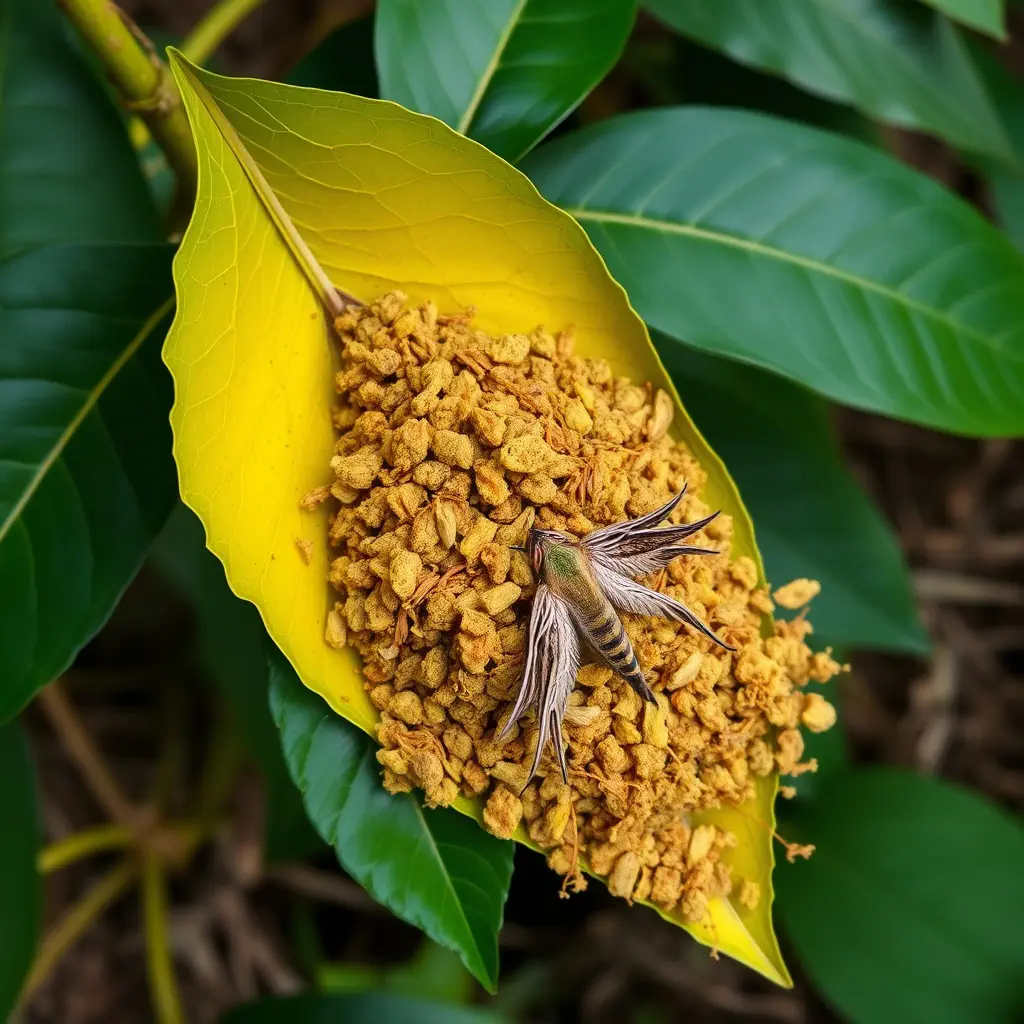Kratom, a natural substance from Southeast Asia, has been gaining attention for its potential benefits in post-workout recovery among athletes. The alkaloids mitragynine and 7-hydroxymitragynine found in kratom may interact with opioid receptors to provide pain relief, muscle relaxation, and improved mood, aiding in the recovery process from intense exercise. To safely use kratom, it's crucial to conduct responsible kratom shopping, ensuring you select products from trustworthy vendors who provide clear lab test results for purity and potency. This step is vital given the variability in product quality and the risk of contaminants. Users should also be aware of the legal status of kratom in their region and consult healthcare professionals before incorporating it into their routine due to individual differences in response. Proper dosing, strain selection, and personal health monitoring are key to optimizing recovery and performance. By adhering to these guidelines, kratom can potentially be a valuable addition to an athlete's recovery regimen when used responsibly. Always prioritize legal compliance and informed decision-making in your kratom shopping process for the best outcomes.
exploring the intersection of athletic performance and natural supplementation, this article delves into how kratom can play a pivotal role in post-workout recovery. We’ll navigate the complexities of incorporating kratom into your training regimen, ensuring you gain insights from both its potential benefits and responsible use strategies. Additionally, we’ll guide you through kratom shopping considerations to enhance your workout routine effectively and safely. Join us as we explore the multifaceted relationship between kratom and recovery, positioning you at the forefront of informed athletic well-being.
- Understanding Kratom's Role in Post-Workout Recovery
- Strategies for Safe and Effective Kratom Use in Training Recovery
- Tips for Responsible Kratom Shopping to Enhance Your Workout Routine
Understanding Kratom's Role in Post-Workout Recovery

When engaging in intense physical activity, the body undergoes significant stress, leading to muscle fatigue and potential injury if proper recovery measures are not taken. Kratom, a naturally occurring plant substance from Southeast Asia, has gained attention within fitness and wellness circles for its potential role in post-workout recovery. Its alkaloids, principally mitragynine and 7-hydroxymitragynine, are believed to interact with the body’s opioid receptors, which may contribute to pain relief, muscle relaxation, and improved mood—all of which are beneficial for recovery. Users who incorporate kratom into their post-workout regimen often report reduced soreness and a quicker return to peak performance levels.
For those interested in incorporating kratom into their recovery routine, careful consideration of kratom strain and dosage is essential. Kratom shopping should be approached with the same diligence one applies to selecting any supplement or medication—researching reputable vendors, understanding the nuances between strains like Maeng Da, Bali, or Thai, and ensuring compliance with local laws and regulations. It’s also crucial to consult with a healthcare provider before integrating kratom into an existing recovery protocol to ensure safety and efficacy, especially given its potential for interaction with other substances and its varying effects on different individuals. By adhering to these guidelines and leveraging the beneficial properties of kratom, athletes and active individuals may find enhanced support in their post-workout recovery process.
Strategies for Safe and Effective Kratom Use in Training Recovery

When incorporating kratom into a training recovery regimen, it’s crucial to approach its use with both caution and informed strategy. Kratom, derived from the leaves of the Mitragyna speciosa tree, has been traditionally used in Southeast Asia for its various effects on well-being. For athletes or those engaged in rigorous training, kratom can play a supportive role in recovery due to its potential pain-relieving and mood-enhancing properties. To ensure safe and effective use, it’s essential to start with a low dose to gauge individual sensitivity, as the effects of kratom can vary significantly between users. Additionally, when engaging in kratom shopping, one should prioritize purchasing from reputable vendors who provide transparent lab testing results to confirm the purity and potency of their products. This due diligence is vital because the quality of kratom can be inconsistent across sources, with some potentially containing adulterants or contaminants that could compromise health.
Once a reliable source is established, users should consider the timing of kratom intake in relation to their training schedule. Generally, it’s advisable to consume kratom after intense workouts when the body requires recovery. The alkaloids present in kratom, such as mitragynine and 7-hydroxymitragynine, may help in managing post-exercise soreness and supporting overall recovery. It’s also important to adhere to recommended dosages to avoid overconsumption, which can lead to unwanted side effects or dependence. Regular monitoring of one’s body’s response to kratom is necessary, and any adverse reactions should be reported to a healthcare provider. By integrating kratom use thoughtfully and responsibly into a recovery protocol, athletes may find that it contributes positively to their training regimen, optimizing performance and enhancing the healing process. Remember, the key to leveraging kratom effectively lies in careful dosing, quality sourcing, and consistent evaluation of its impact on your body’s recovery mechanisms.
Tips for Responsible Kratom Shopping to Enhance Your Workout Routine

When incorporating kratom into your workout routine for recovery, it’s crucial to approach kratom shopping with a discerning eye. Firstly, seek out reputable vendors who provide third-party lab results for their products. These tests ensure the purity and potency of the kratom, which is essential for consistent and safe dosing. Additionally, transparency in lab results allows you to verify the absence of contaminants or adulterants that could negatively affect your health and training recovery.
Secondly, when shopping for kratom, consider the strain and its alkaloid profile. Different strains offer varying effects; some may be more stimulating, while others can aid in relaxation and pain relief. Maeng Da and Bali strains are often favored for their balanced effects, which can support workout recovery. It’s also advisable to purchase kratom in powder form rather than capsules, as this allows for dosing precision and can be more cost-effective. Always keep accurate records of your kratom use and how it affects your body, as individual responses can vary. This will help you fine-tune your intake for optimal workout recovery and performance enhancement. Remember to adhere to legal guidelines and use kratom responsibly within the scope of your local laws. By following these responsible shopping practices, you can integrate kratom into your fitness regimen safely and effectively.
Incorporating kratom into post-workout recovery can be a valuable strategy for athletes and fitness enthusiasts seeking to enhance their training regimen. By understanding its role, employing safe and effective usage practices, and making informed decisions during kratom shopping, individuals can optimize their recovery process. This article has outlined the key aspects of using kratom responsibly, ensuring that users are well-equipped to integrate this natural compound into their fitness routines without compromising their health or performance. Remember to always adhere to local regulations and consult with healthcare professionals before incorporating kratom into your recovery practices.






